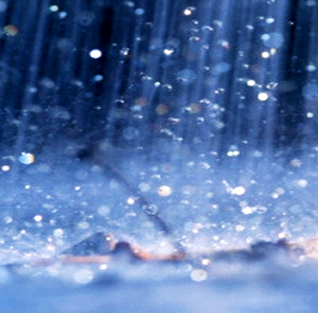SA welcomes winter rain
 Winter rains have delivered a refreshing top-up to South Australia’s reservoirs.
Winter rains have delivered a refreshing top-up to South Australia’s reservoirs.
Authorities say more than 60 billion litres of water flowed into the storages during the wet and wintry months of this year.
Natural inflows from winter rainfall lifted total storage levels to 69 per cent heading into spring - compared to 74 per cent in 2021 - after the state’s 10 reservoirs went into this year’s winter a collective 46 per cent full.
SA Water’s Senior Manager of Media, Communications and Stakeholder Engagement Joshua Zugajev said two-thirds of inflows came in August alone.
“Although it was a steady start to winter, rainfall during the months of June and July laid the groundwork for significant catchment flows across the Mount Lofty Ranges over the past few weeks,” Ms Zugajev says.
“Inflows to our reservoirs rose exponentially last month, as heavy rainfall took advantage of wetter soil conditions, making it easier for water to flow into the reservoirs and create a positive impact on storage levels.
“Mount Bold enjoyed quite the drink this winter, with total inflows to the reservoir eclipsing 20 billion litres of water – tripling its storage level from what it was prior to winter, to now sit at 65 per cent.
“A surge in rainfall during August helped top up Myponga Reservoir by more than five billion litres and prompted the opening of one of the reservoir’s gates to safely release water, while matching inflows.
“Looking at the three-month period, the largest individual day for natural inflows came during the 24 hours to 8am on 13 August, when more than four billion litres of water entered the state’s reservoirs.
“Our reservoirs are now sitting at a comfortable position with capacity to capture further anticipated rainfall, with the Bureau of Meteorology predicting a wetter-than-average spring.”
South Australia’s reservoirs are currently holding a collective 138 billion litres of water, which is less in comparison to the same time last year, but greater than the three earlier years.








 Print
Print